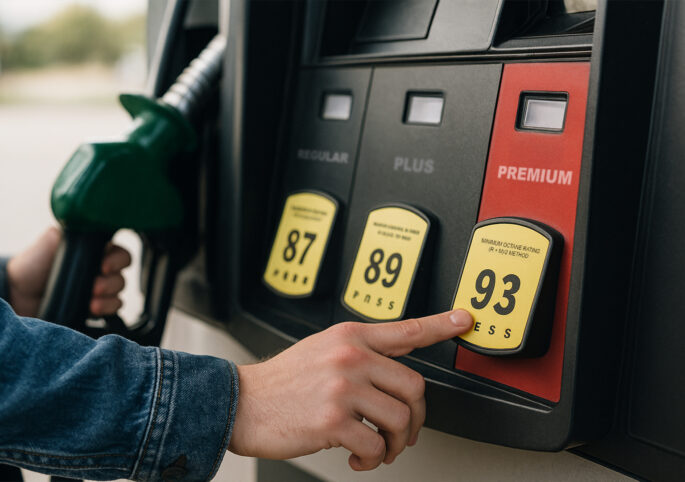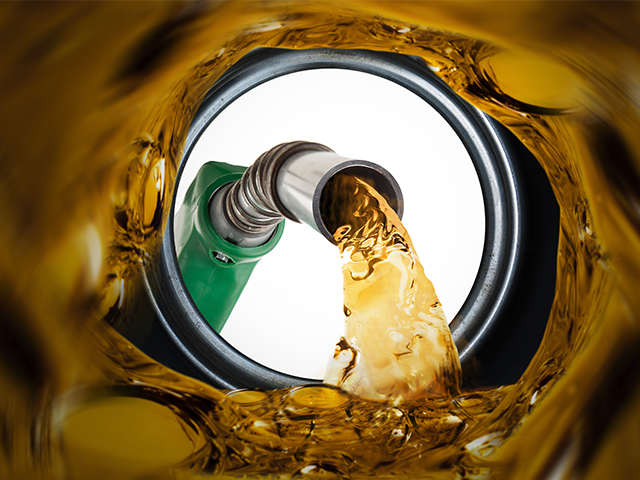Something seems amiss with new cars and higher-octane fuel grades. Consider this:
Most new vehicles include guidance from the manufacturer recommending or requiring higher-octane gasoline. However, a closer look at fuel sales suggests a disconnect: premium fuel purchases aren’t keeping pace with the growing number of vehicles designed to run on higher-octane gasoline. This trend suggests that new-car owners may be bypassing premium fuel.
Modern Engines, Premium Expectations
Manufacturers are designing engines to operate with 91 octane gasoline or higher to prevent “knocking.” Previously reserved mostly for luxury brands, this requirement now extends to common segments.
The Fuel Sales Discrepancy
Although premium and midgrade fuel sales are increasing (around 2.5% from 2023 to 2024, per Upside data), they don’t fully align with new car sales. Regular gasoline still accounts for approximately 73% of all fuel sold. This disparity suggests drivers may be choosing regular unleaded, possibly due to a lack of awareness or immediate cost savings.
Why the Correct Grade Matters
Using 87-octane gasoline in a vehicle designed for premium can adversely affect the automobile’s performance. Drivers may notice diminished power, reduced fuel efficiency and fuel economy, and accelerated engine wear. Auto manufacturers may also void warranties to cover repairs for vehicles running on a lower-grade fuel.
Opportunity for Education at the Pump
As engine technology continues to grow more sophisticated, manufacturers are likely to expand premium fuel requirements. Educating consumers about this trend could not only encourage proper vehicle care but also support increased premium fuel sales.



